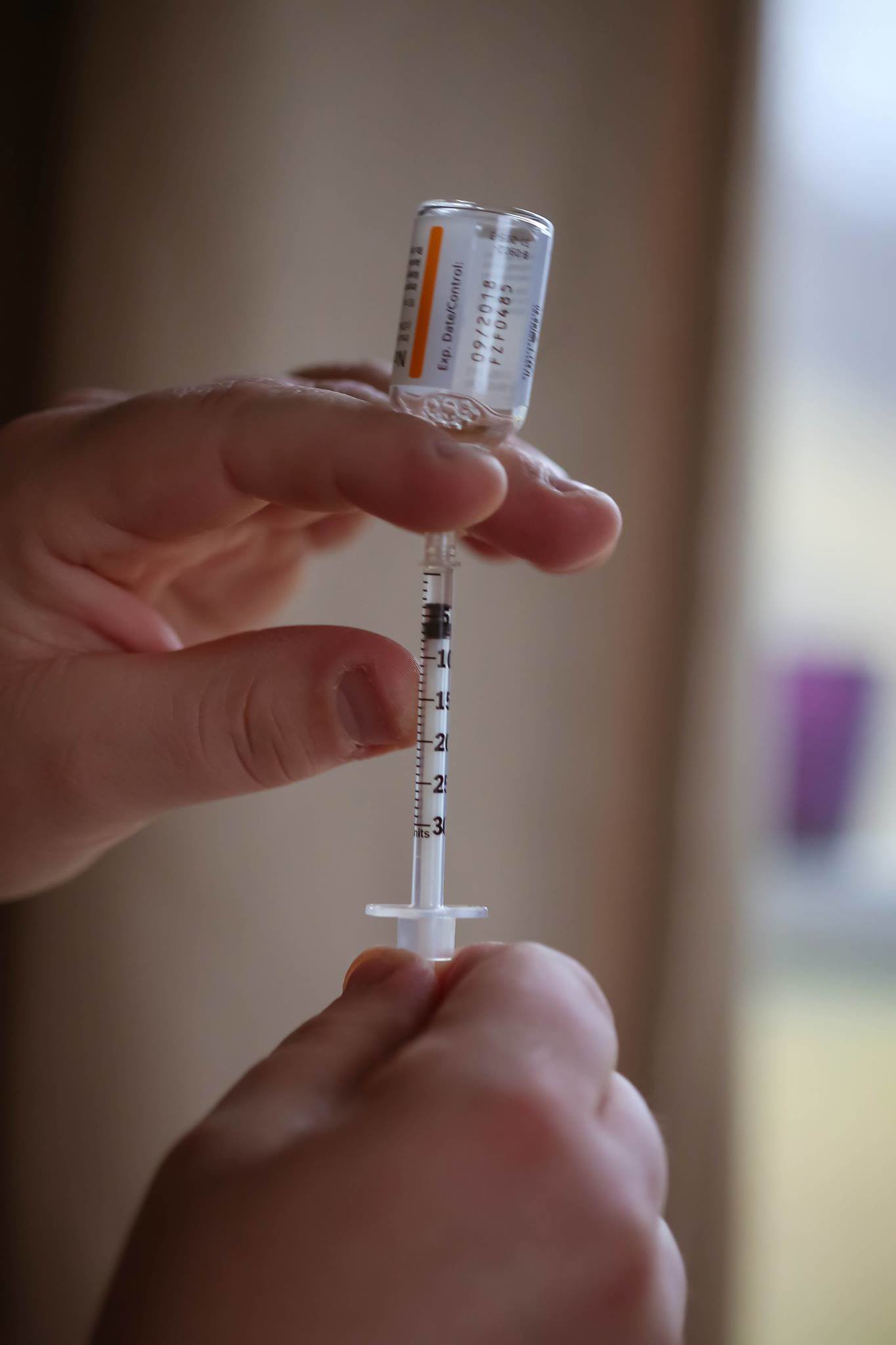The 6 Different Types of Diabetes
The 6 Different Types of Diabetes:
It’s not often that people will know about the 6 different types of diabetes, let alone the most common: type 1 and type 2 diabetes. Due to the complexity of the condition, it’s hard to properly diagnosis and distinguish between the different types of diabetes. But with more precise groupings, it will aid diagnosis and help towards responsive treatment.
Type 1 Diabetes
Type 1 Diabetes is an autoimmune disease that was once known as juvenile diabetes. Type 1 Diabetes occurs when the immune system attacks and destroys the insulin producing (beta) cells in the pancreas. Approximately 5% of people with diabetes have this form. Symptoms can come on suddenly and progressively worsen. Symptoms of Type 1 Diabetes include: Increased Thirst, Frequent Urination, Bed-wetting (in children), Extreme Hunger, Weight Loss, Irritability, Fatigue, Weakness, and Blurred vision. (If you notice these symptoms seek medical attention right away).
People with Type 1 Diabetes need to inject insulin every day in order for the glucose they eat to be used for energy. Diet and/or exercise is NOT a cure for Type 1 Diabetes. There is no known cure, but researchers believe genetics and environmental factors play a factor.
Type 2 Diabetes
Type 2 Diabetes is a metabolic condition where the body doesn’t produce enough insulin or becomes resistant to it.
Type 2 is the most common form and occurs in approximately 90% of people with diabetes. It can sometimes be controlled with proper diet and exercise, or a drug to enhance sensitivity to the body’s insulin production. But sometimes natural insulin production is insufficient and insulin injections are then needed to sustain normal blood glucose levels.
You are more likely to develop type 2 diabetes if you are age 45 or older, have a family history of diabetes, or are overweight or obese.
Gestational Diabetes
Gestational Diabetes is a form of diabetes that is diagnosed during pregnancy.
Approximately 2-5% of women pregnant women will develop this condition. Gestational Diabetes is normally detected in the middle of the pregnancy around 24 to 28 weeks.
A glucose test will be conducted by giving the patient a sweet liquid to drink. If higher than normal glucose levels are detected in the urine, further testing will be done to verify if the patient is producing enough insulin.
Once there is a proper diagnosis, the patient can manage their diabetes with proper diet, exercise, and monitoring blood glucose levels. If treated effectively, there is little risk of complications. Women with gestational diabetes can have healthy babies and the condition (normally) goes away after delivery.
LADA
LADA stands for Latent Autoimmune Diabetes of Adulthood.
Like Type 1 Diabetes, LADA or (Type 1.5) occurs when the body stops producing adequate insulin. The difference is LADA progresses slowly and insulin may still be produced even after diagnosis.
LADA is usually diagnosed in adulthood. LADA often gets confused and misdiagnosed with Type 2 Diabetes because of the same symptoms. Proper diagnosis of LADA is difficult and requires proficient testing of antibodies.
The treatment of LADA patients will be similar to Type 1 Diabetes once insulin production is gone completely.
MODY
MODY or (Maturity Onset Diabetes of the Young) is a rare form of diabetes. MODY is caused by a mutation or change in a single gene disrupting insulin production.
MODY affects 1-2% of people with diabetes. It is normally diagnosed in ages 20 and younger but can affect any age.
MODY is a dominant genetic condition meaning a gene can be inherited and passed down by either mother or father. There are 11 different types of diabetes (MODY) and diagnosis will determine different treatments.
MODY 1, 3, and 4 can be managed with a type of medicine called sulfonylurea therapy.
MODY 2 can be treated with a proper diet and exercise.
MODY 5 may need multiple treatments because it can affect other health problems.
MODY 7-11 was recently discovered and patients will likely respond to treatments given to other types of MODY.
NDM (Neonatal Diabetes Mellitus)
NDM a monogenic form of diabetes - like MODY.
NDM is diagnosed anywhere from birth to 6 months old. It accounts for 1 in 400,000 infants in the United States. NDM is often mistaken for Type 1 Diabetes, but Type 1 is rarely seen in patients before 6 months of age.
There are 20 different genes that can cause NDM. It can be temporary and disappear later in life called transient neonatal diabetes mellitus (TNDM) or permanent (PNDM). NDM can be present at conception and affect fetuses’ growth and development.
As the child grows there may also be developmental delays and/or other health issues.



